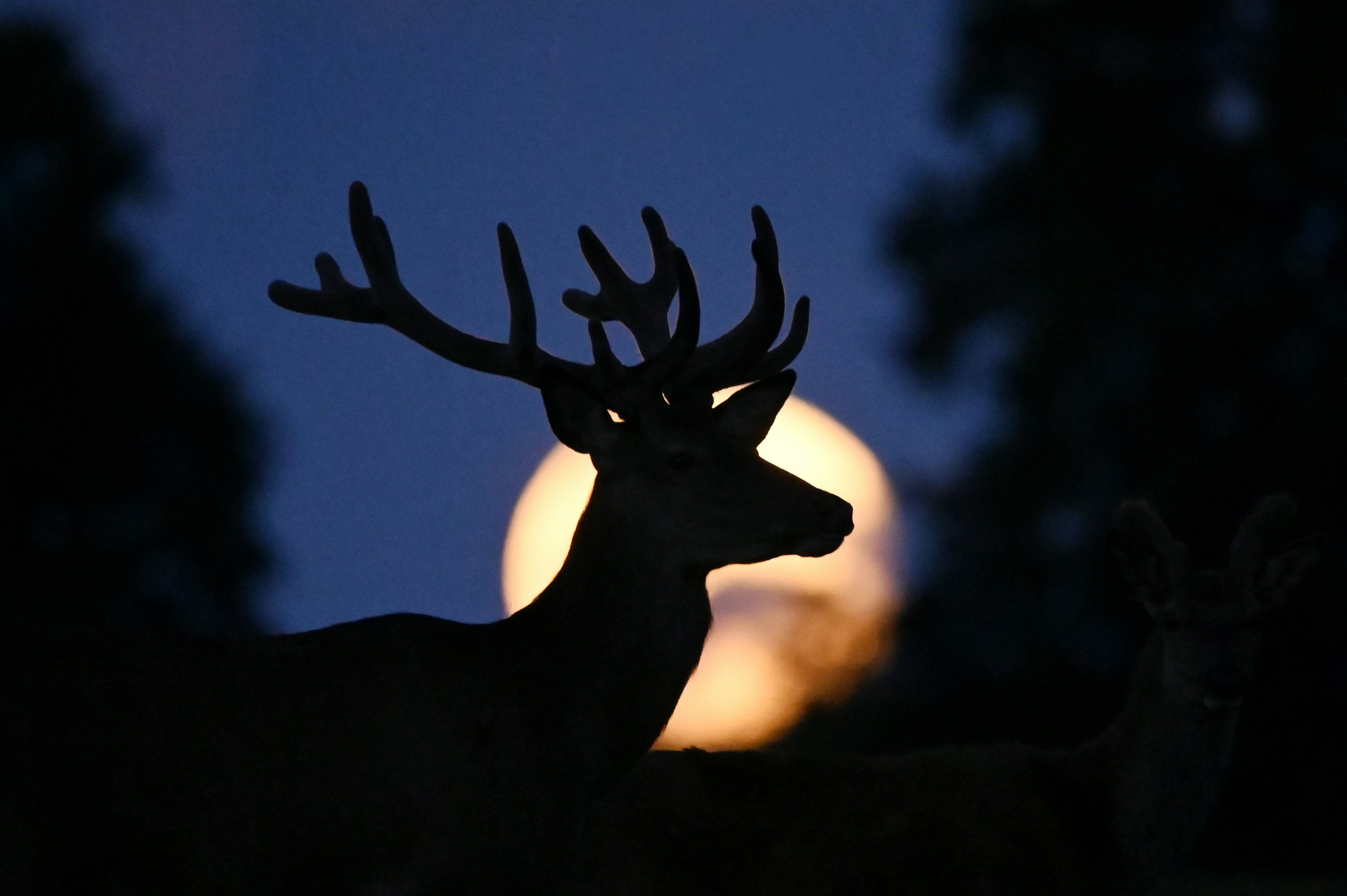
Remember to look up this weekend — the Moon is gearing up for its brightest show of the month on Monday, July 3, as Full Moon.
According to the Farmer’s Almanac, the Full Moon reaches peak illumination at 7:39 a.m. Eastern Time on July 3. The Full Moon could appear as soon as Saturday, July 1, however, according to a lunar phase generator from NASA.
This prelude to the Independence Day holiday happens when the stars align, so to speak. Earth orbits the Sun with the Moon at its side. Just as the planet is half-lit by sunlight at all times, so is the Moon, though the illuminated terrain is not always visible to us. The Moon always shows the same face to Earth, and the Full Moon is the lucky swath of a few days when the entire visible lunar disk emanates reflected sunlight.

More than a pretty phase
The Full Moon is more than a beautiful sight.
It serves as a clear marker of time, for example. Nicknames for this phase reflect natural phenomena that coincide with its arrival. July’s Full Moon, for example, is called the Buck Moon.
“The full Moon in July is called the Buck Moon because the antlers of male deer (bucks) are in full-growth mode at this time,” the Farmer’s Almanac explains. “Bucks shed and regrow their antlers each year, producing a larger and more impressive set as the years go by.”
It’s also a time for stronger-than-usual tides. Strangely enough, the Full Moon has this in common with the opposite lunar phase, New Moon. When the Moon is entirely lit or totally dark, the natural satellite has formed a line with Earth and the Sun in outer space. Tides are chiefly the work of the Moon’s gravitational pull on Earth’s seas. But the Sun also exerts some tugging. During Full Moon and New Moon, bodies of water undergo “extra-high high tides,” the National Oceanic and Atmospheric Administration explains.
A special celestial week
The week begins with Full Moon. Days later, the Moon reaches aphelion, its farthest distance from the Earth along its orbit. The moment of aphelion will happen at 4:06 p.m. Eastern Time on Thursday, July 6, according to Time and Date.
If talk of orbits still hasn’t left you dizzy, there’s another element at play in the week. The Moon technically qualifies as a “supermoon,” appearing just slightly larger than usual. Just as Earth travels in an elliptical orbit around the Sun, so does the Moon around the Earth. Sometimes the Moon’s closer approach aligns with the Full Moon, and thus appears bigger.
Following this phase, the Moon will begin to wane, and will reach the Third Quarter around the second week of July.







